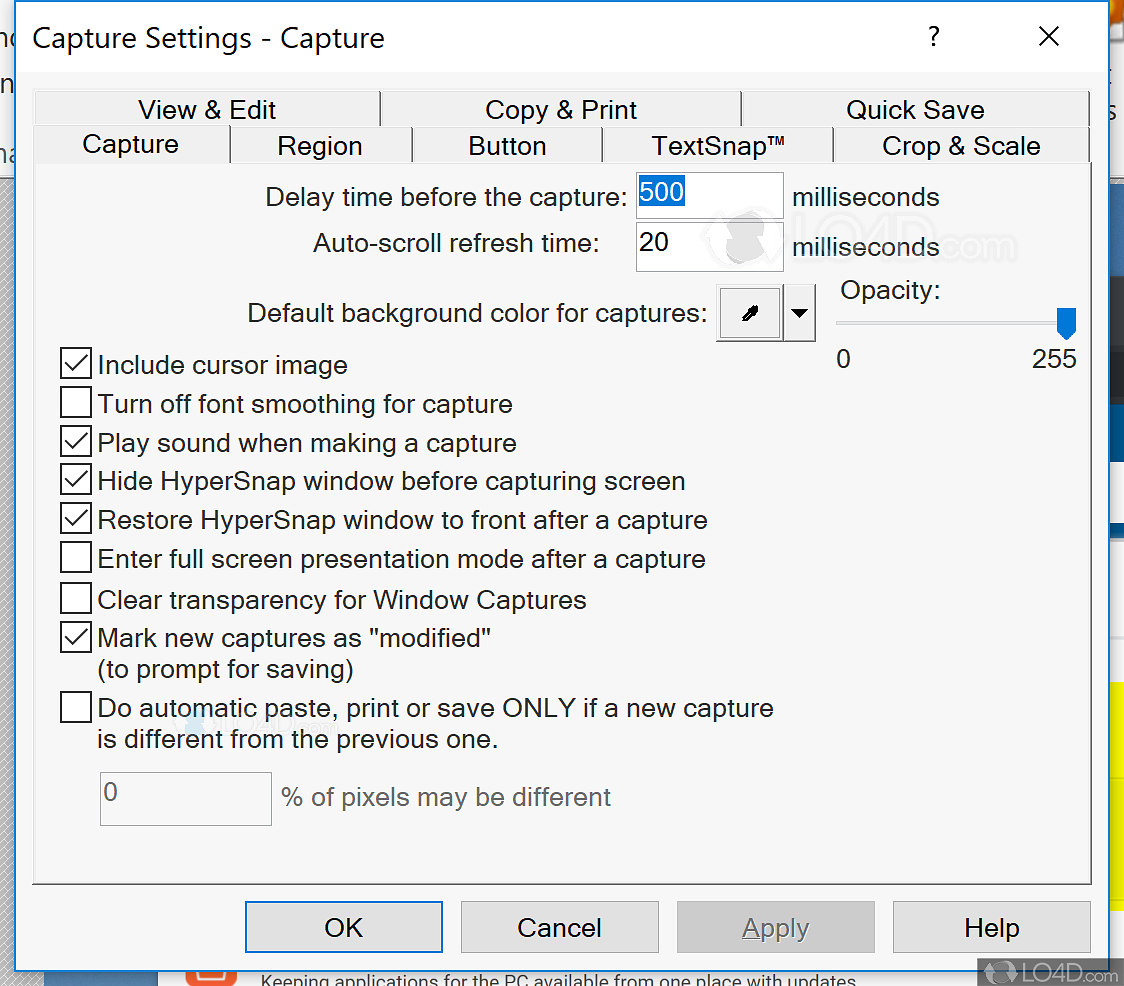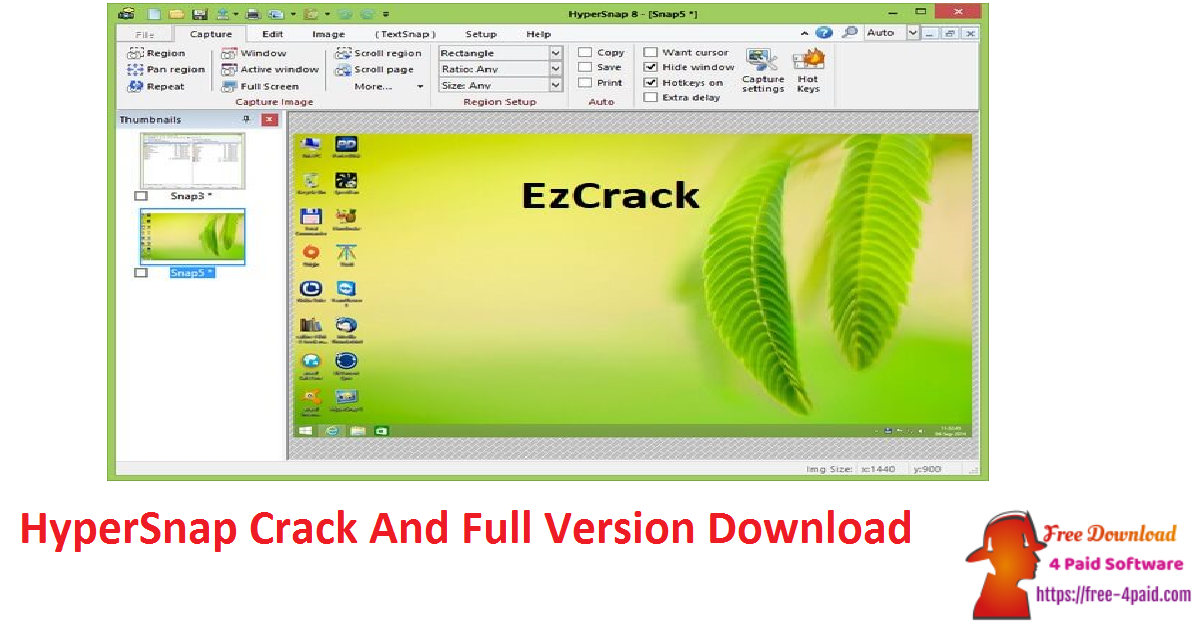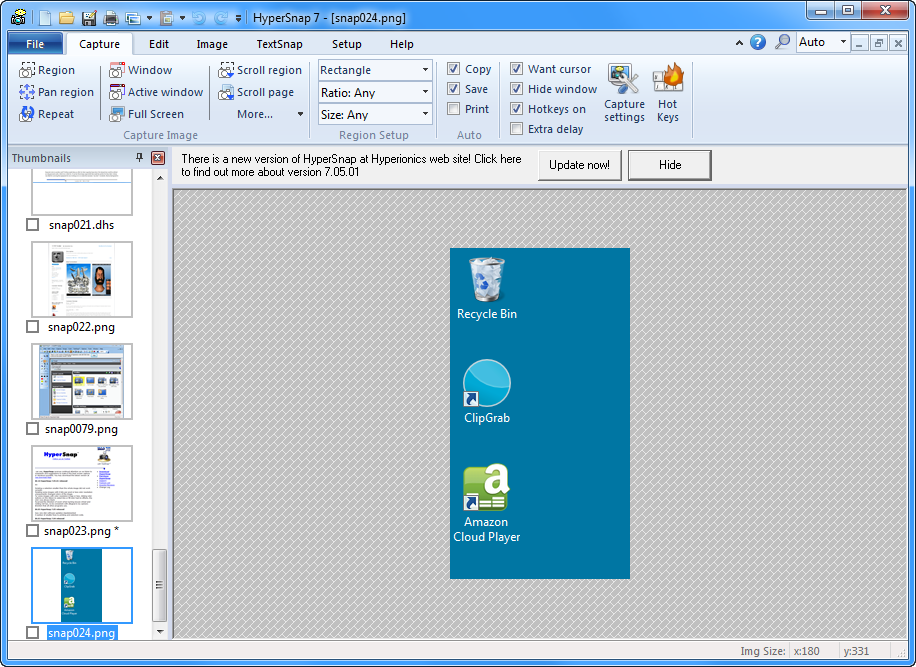

Imperdiet nunc, at ultricies tellus laoreet sit amet. Add the following rules to the bottom of your CSS:ĭuis felis orci, pulvinar id metus ut, rutrum luctus orci. Let's instead arrange all of the elements for our site by using the grid lines. You can see that auto-placement is placing each item into its own cell on the grid. It has a defined grid and a simple article outlined. These let you specify the start and end lines at once, separated by a forward slash /.ĭownload this file as a starting point or see it live here. You can also use the shorthand properties: These properties can all have a line number as their value. We do this using the following properties: We can arrange things in accordance with these lines by specifying the start and end line. For example, column line 1 in English (written left-to-right) would be on the left-hand side of the grid and row line 1 at the top, while in Arabic (written right-to-left), column line 1 would be on the right-hand side. Our grid always has lines - these are numbered beginning with 1 and relate to the writing mode of the document. We now move on from creating a grid to placing things on the grid.
#GRID IN HYPERSNAP CODE#
Solve common problems in your JavaScript code.Express Tutorial Part 7: Deploying to production.Express Tutorial Part 6: Working with forms.Express Tutorial Part 5: Displaying library data.Express Tutorial Part 4: Routes and controllers.Express Tutorial Part 3: Using a Database (with Mongoose).Express Tutorial Part 2: Creating a skeleton website.Express Tutorial: The Local Library website.Setting up a Node development environment.Express web framework (Node.js/JavaScript).Express Web Framework (node.js/JavaScript).Django Tutorial Part 11: Deploying Django to production.Django Tutorial Part 10: Testing a Django web application.Django Tutorial Part 9: Working with forms.

Django Tutorial Part 8: User authentication and permissions.Django Tutorial Part 7: Sessions framework.Django Tutorial Part 6: Generic list and detail views.Django Tutorial Part 5: Creating our home page.Django Tutorial Part 4: Django admin site.Django Tutorial Part 2: Creating a skeleton website.



 0 kommentar(er)
0 kommentar(er)
